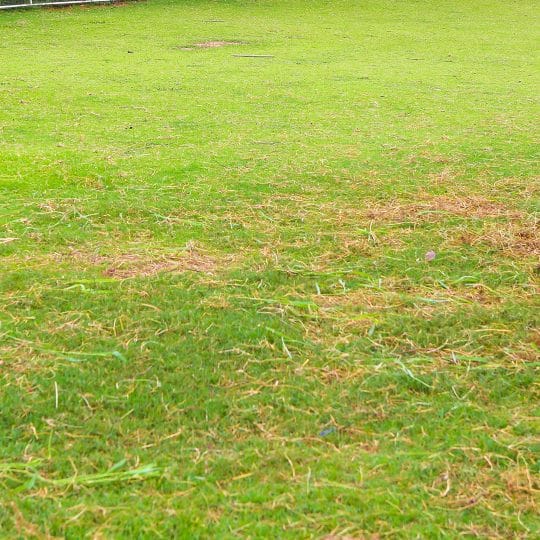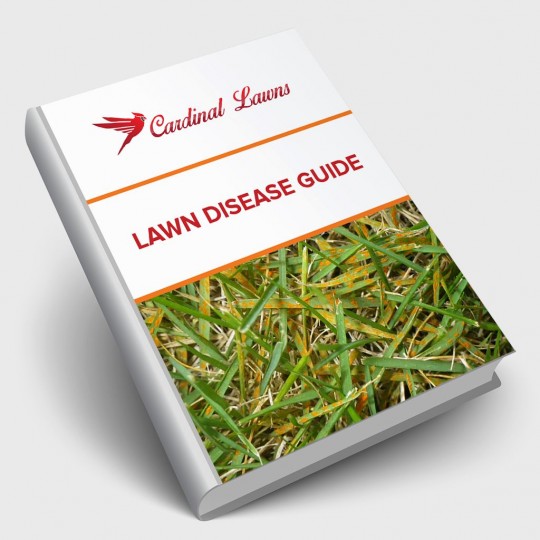Lawn Disease: Red Thread
How to ID, Protect, and Treat
Posted
November 23, 2017

When you start to see dying patches of lawn with reddish fibers running through it, chances are your grass has come down with red thread disease. There is a way to prevent and treat this issue, and tie up all red threads.
What Does Red Thread Look Like
Signs of red thread include:
- Circular patches in your lawn about eight inches in diameter
- Dead-looking, tan or pink turf
- Red or pink thread-like leaf blades
Causes of Red Thread
You’re more likely to notice a something is wrong between April and June. During late spring, early summer, lawns are busy growing, and using up a lot of nitrogen in the soil. When nitrogen levels are low, that’s when the dead, red spots appear.
This is also the season when humidity can run high and temperatures can cool down considerably at night—creating optimal conditions for red thread to grow.
Cool season grass, such as red fescue, ryegrass, Kentucky bluegrass, and bentgrass are most susceptible to this lawn disease.
Red Thread Prevention
While you can’t control the way the weather effects your lawn, you can help protect it with proper care. Fertilizing your lawn in late spring and early summer will help add nitrogen back to the soil. As it gets watered in, the grass can grow any of the disease out. Keeping your lawn healthy will help prevent any weeds or disease from spreading.
Treatment Options
Almost any lawn is susceptible to disease, but it’s easy enough to treat. Since this problem stems from a lack of nitrogen, be sure to add it back into the soil by fertilizing.
Any grass that is too weak to fight through the red thread can be treated with fungicide. Homeowners should be extra careful when applying any treatment to their lawn so not to kill the surrounding plants or harm people or pets.
For more information on red thread and other treatment options, contact Cardinal Lawns at 614-808-4446.

Download Your FREE Lawn Disease Guide
Even the most manicured landscapes are susceptible to lawn disease. Take some time to learn about identification and removal before one takes over your lawn. This handy guide teaches you how to spot common lawn diseases as well as how to properly treat them.